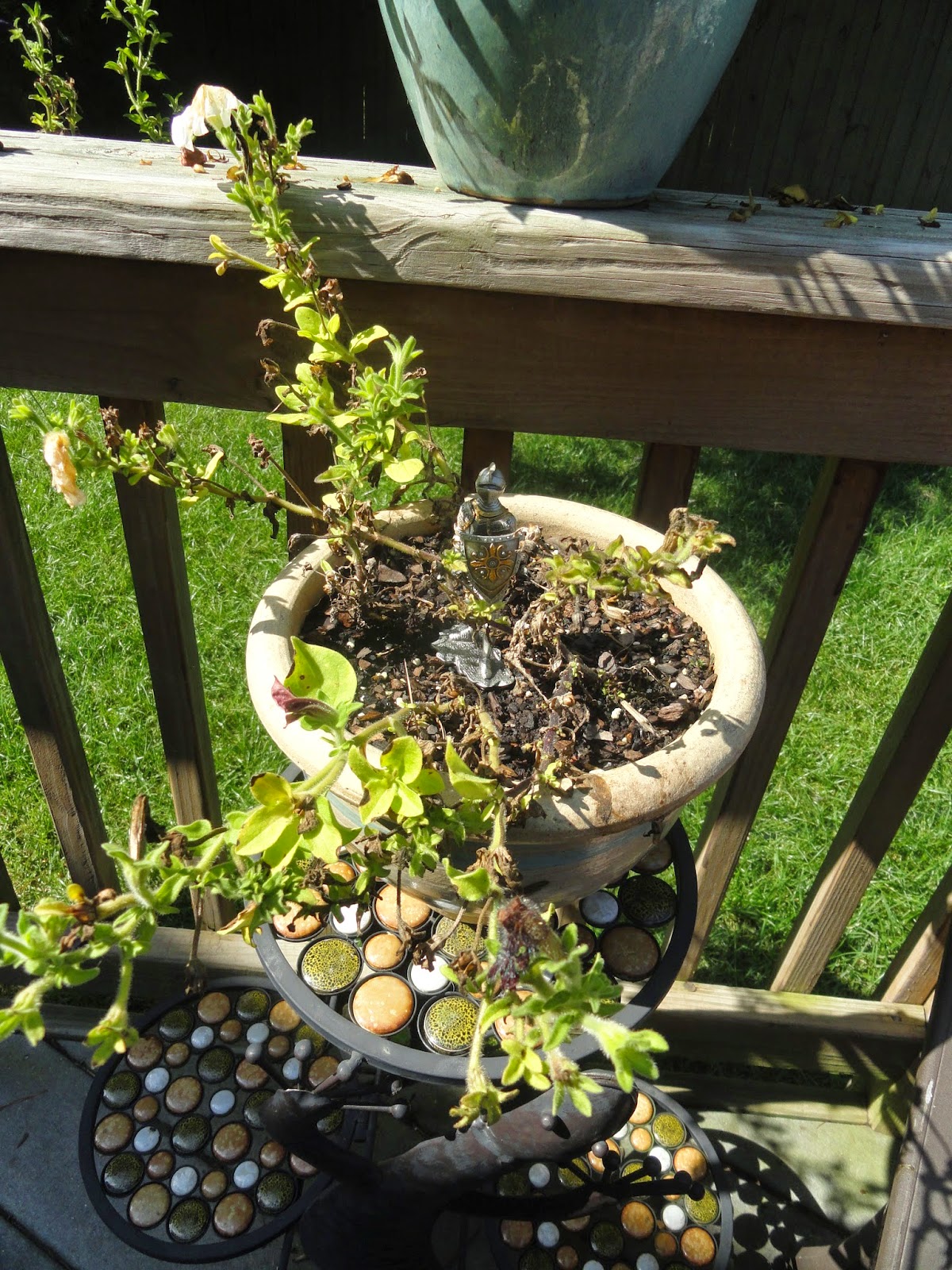1. Batesian Mimicry
The picture shows a hover fly. The hoverfly is an example of batesian mimicry. Batesian mimicry is shown when an organism has evolved to mimic another harmful organism. This is used to make predators not want to mess with them. Other examples of this is, viceroy butterfly, milk snakes and king snakes.
























